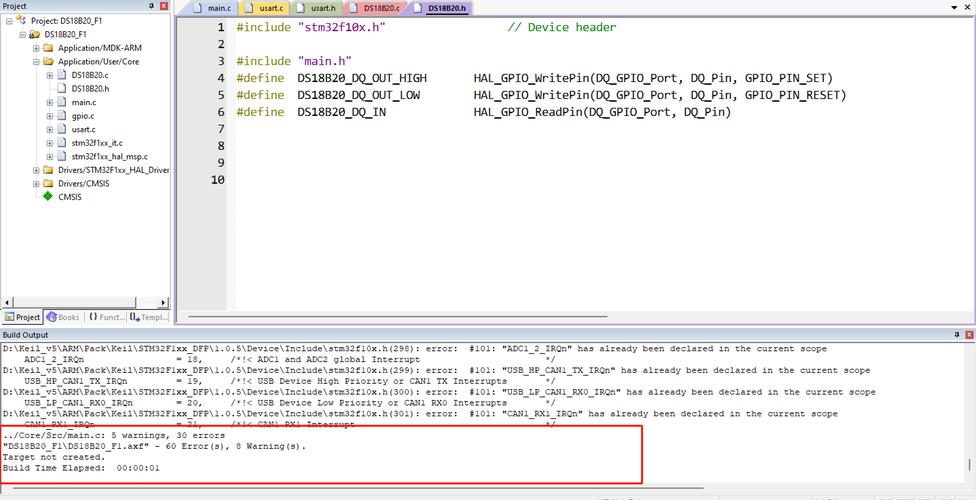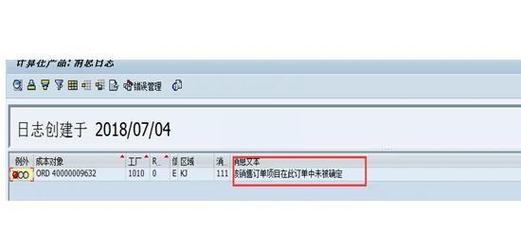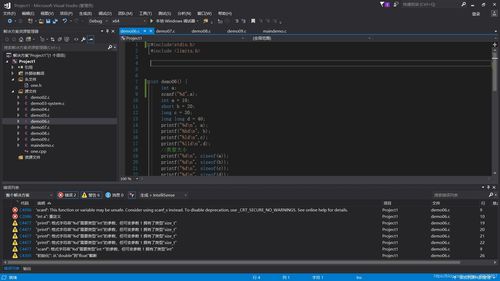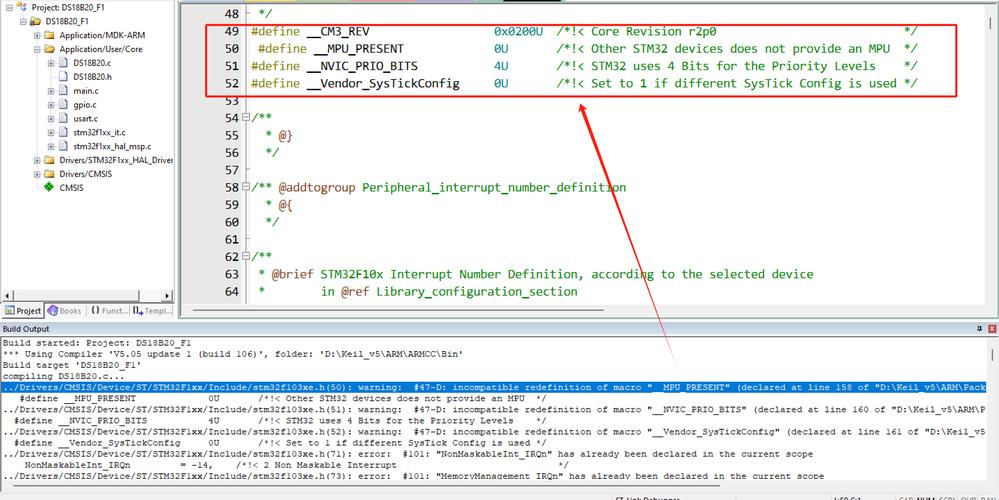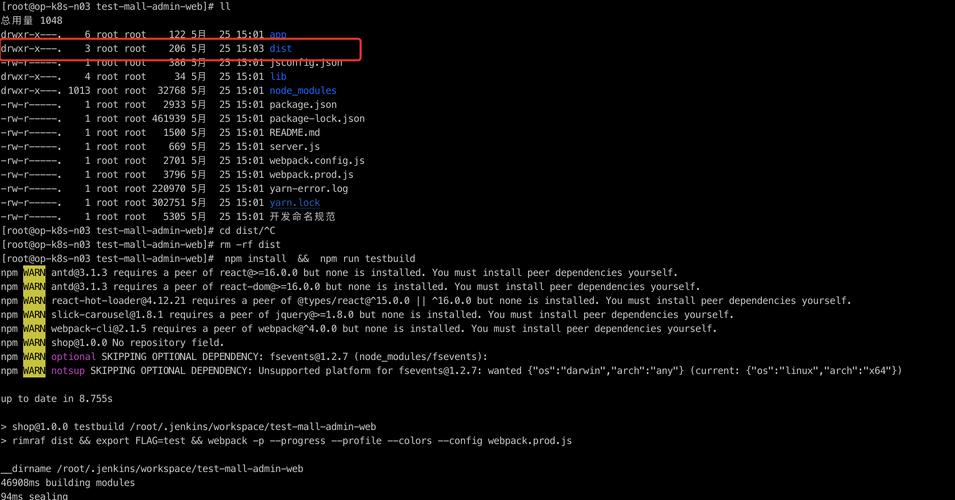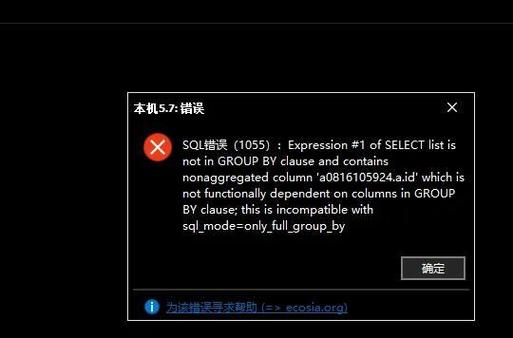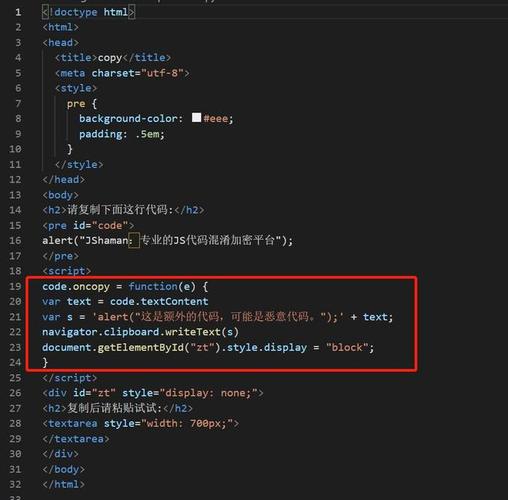使用TFRecord怎么存取多个数据
作者
这篇文章给大家介绍使用TFRecord怎么存取多个数据,内容非常详细,感兴趣的小伙伴们可以参考借鉴,希望对大家能有所帮助。
TensorFlow提供了一种统一的格式来存储数据,就是TFRecord,它可以统一不同的原始数据格式,并且更加有效地管理不同的属性。
TFRecord格式
TFRecord文件中的数据都是用tf.train.Example Protocol Buffer的格式来存储的,tf.train.Example可以被定义为:
messageExample{
Featuresfeatures=1
}
messageFeatures{
map<string,Feature>feature=1
}
messageFeature{
oneofkind{
BytesListbytes_list=1
FloatListfloat_list=1
Int64Listint64_list=1
}
}可以看出Example是一个嵌套的数据结构,其中属性名称可以为一个字符串,其取值可以是字符串BytesList、实数列表FloatList或整数列表Int64List。
将数据转化为TFRecord格式
以下代码是将MNIST输入数据转化为TFRecord格式:
#-*-coding:utf-8-*-
importtensorflowastf
fromtensorflow.examples.tutorials.mnistimportinput_data
importnumpyasnp
#生成整数型的属性
def_int64_feature(value):
returntf.train.Feature(int64_list=tf.train.Int64List(value=[value]))
#生成浮点型的属性
def_float_feature(value):
returntf.train.Feature(float_list=tf.train.FloatList(value=[value]))
#若想保存为数组,则要改成value=value即可
#生成字符串型的属性
def_bytes_feature(value):
returntf.train.Feature(bytes_list=tf.train.BytesList(value=[value]))
mnist=input_data.read_data_sets("/tensorflow_google",dtype=tf.uint8,one_hot=True)
images=mnist.train.images
#训练数据所对应的正确答案,可以作为一个属性保存在TFRecord中
labels=mnist.train.labels
#训练数据的图像分辨率,这可以作为Example中的一个属性
pixels=images.shape[1]
num_examples=mnist.train.num_examples
#输出TFRecord文件的地址
filename="/tensorflow_google/mnist_output.tfrecords"
#创建一个writer来写TFRecord文件
writer=tf.python_io.TFRecordWriter(filename)
forindexinrange(num_examples):
#将图像矩阵转换成一个字符串
image_raw=images[index].tostring()
#将一个样例转化为ExampleProtocolBuffer,并将所有的信息写入这个数据结构
example=tf.train.Example(features=tf.train.Features(feature={
'pixels':_int64_feature(pixels),
'label':_int64_feature(np.argmax(labels[index])),
'image_raw':_bytes_feature(image_raw)}))
#将一个Example写入TFRecord文件
writer.write(example.SerializeToString())
writer.close()本程序将MNIST数据集中所有的训练数据存储到了一个TFRecord文件中,若数据量较大,也可以存入多个文件。
从TFRecord文件中读取数据
以下代码可以从上面代码中的TFRecord中读取单个或多个训练数据:
#-*-coding:utf-8-*-
importtensorflowastf
#创建一个reader来读取TFRecord文件中的样例
reader=tf.TFRecordReader()
#创建一个队列来维护输入文件列表
filename_queue=tf.train.string_input_producer(["/Users/gaoyue/文档/Program/tensorflow_google/chapter7"
"/mnist_output.tfrecords"])
#从文件中读出一个样例,也可以使用read_up_to函数一次性读取多个样例
#_,serialized_example=reader.read(filename_queue)
_,serialized_example=reader.read_up_to(filename_queue,6)#读取6个样例
#解析读入的一个样例,如果需要解析多个样例,可以用parse_example函数
#features=tf.parse_single_example(serialized_example,features={
#解析多个样例
features=tf.parse_example(serialized_example,features={
#TensorFlow提供两种不同的属性解析方法
#第一种是tf.FixedLenFeature,得到的解析结果为Tensor
#第二种是tf.VarLenFeature,得到的解析结果为SparseTensor,用于处理稀疏数据
#解析数据的格式需要与写入数据的格式一致
'image_raw':tf.FixedLenFeature([],tf.string),
'pixels':tf.FixedLenFeature([],tf.int64),
'label':tf.FixedLenFeature([],tf.int64),
})
#tf.decode_raw可以将字符串解析成图像对应的像素数组
images=tf.decode_raw(features['image_raw'],tf.uint8)
labels=tf.cast(features['label'],tf.int32)
pixels=tf.cast(features['pixels'],tf.int32)
sess=tf.Session()
#启动多线程处理输入数据
coord=tf.train.Coordinator()
threads=tf.train.start_queue_runners(sess=sess,coord=coord)
#每次运行可以读取TFRecord中的一个样例,当所有样例都读完之后,会重头读取
#foriinrange(10):
#image,label,pixel=sess.run([images,labels,pixels])
##print(image,label,pixel)
#print(label,pixel)
#读取TFRecord中的前6个样例,若加入循环,则会每次从上次输出的地方继续顺序读6个样例
image,label,pixel=sess.run([images,labels,pixels])
print(label,pixel)
sess.close()
>>[734618][784784784784784784]输出结果显示,从TFRecord文件中顺序读出前6个样例。
关于使用TFRecord怎么存取多个数据就分享到这里了,希望以上内容可以对大家有一定的帮助,可以学到更多知识。如果觉得文章不错,可以把它分享出去让更多的人看到。
目录

